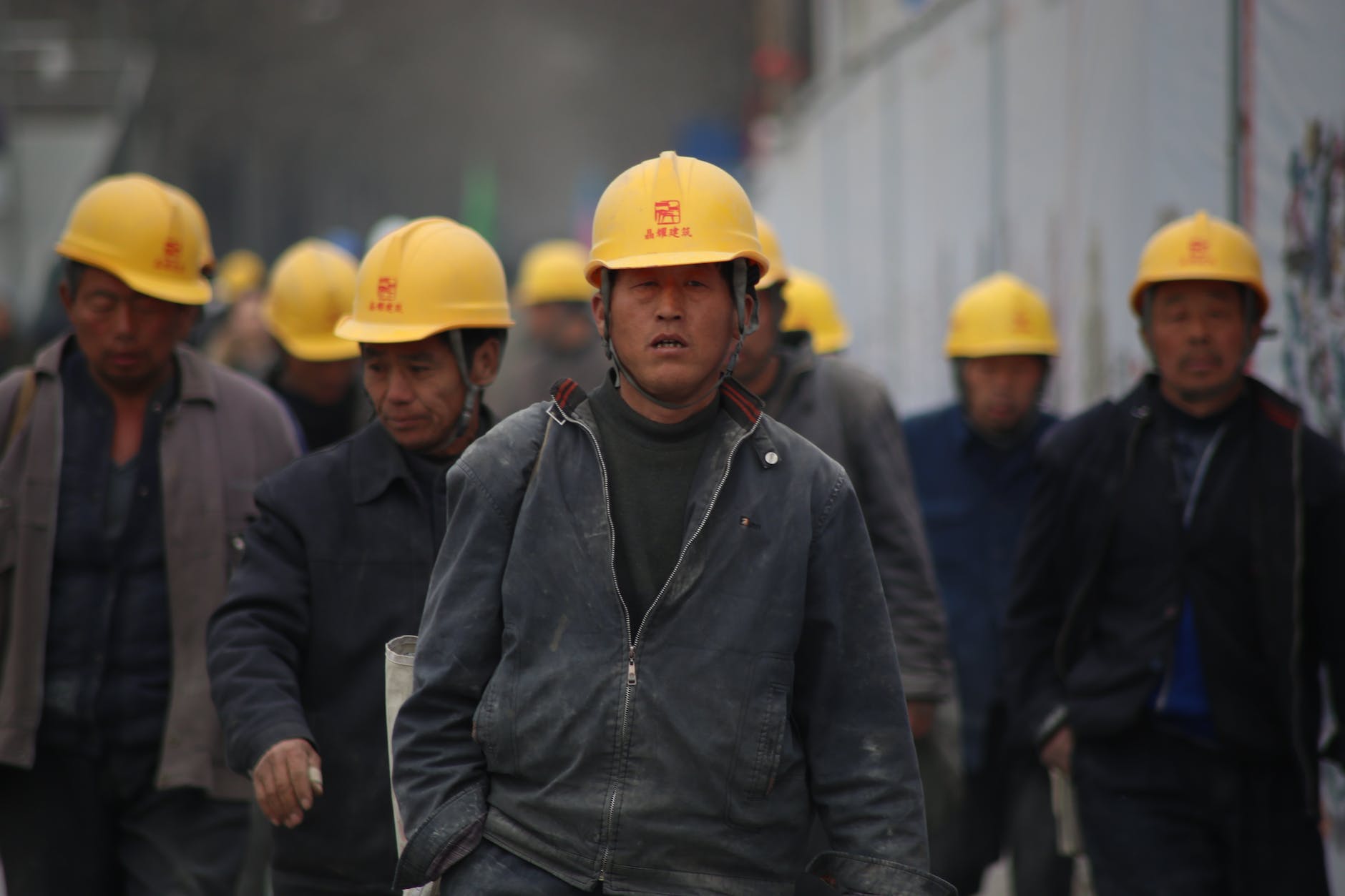
All About Radiography Safety at the Workplace
Radiography safety is of paramount importance in workplaces where radiation is utilized for various purposes, such as medical imaging, industrial testing, and scientific research. Ensuring the safety of both workers and the general public requires a comprehensive understanding of radiography procedures, equipment, and safety measures. In this article, we’ll delve into the key aspects of radiography safety, from the fundamentals to best practices that prevent unnecessary exposure to radiation.
Introduction to Radiography Safety
All About Radiography Safety : Radiography involves the use of ionizing radiation to create images of objects, structures, or living organisms. While it is an invaluable tool for various fields, including medicine, industry, and research, it also poses potential risks due to radiation exposure. Radiography safety focuses on mitigating these risks by implementing strict protocols and safety measures.
Understanding Ionizing Radiation
Ionizing radiation, such as X-rays and gamma rays, has enough energy to remove tightly bound electrons from atoms, leading to potential cellular damage. This makes understanding the properties of radiation and its interaction with matter crucial to preventing harm.
Radiography Equipment and Procedures
Radiography equipment, such as X-ray machines, must be properly maintained and calibrated to ensure accurate and safe operation. Standard procedures, like collimation and positioning, play a pivotal role in directing radiation only to the target area and reducing unnecessary exposure.
Importance of Personal Protective Equipment (PPE)
Personal Protective Equipment, including lead aprons, gloves, and goggles, shields workers from radiation exposure. Proper use of PPE is vital to safeguard radiographers and other personnel working in radiography environments.
Minimizing Radiation Exposure
Implementing the ALARA principle (As Low As Reasonably Achievable) helps minimize radiation exposure by optimizing procedures, distances, and shielding. This principle ensures that radiation doses are kept as low as possible without compromising diagnostic quality.
Quality Assurance in Radiography
Regular quality checks of radiography equipment and processes ensure consistent performance and accurate results. Quality assurance programs help identify and rectify any deviations that could compromise safety and image quality.
Regulatory Guidelines and Compliance
Government agencies and professional organizations provide guidelines and regulations to govern radiography safety practices. Adhering to these regulations is essential to maintain a safe work environment and avoid legal repercussions.
Emergency Preparedness
Preparedness for potential radiation emergencies involves having well-defined protocols, training, and equipment to address unforeseen situations. Being ready to respond to accidents or incidents ensures swift and effective action.
Training and Education for Radiography Safety
Proper training and education are key to ensuring that radiographers understand the risks and safety measures associated with their work. Continuous learning helps them stay updated on the latest safety practices and advancements.
Role of Radiographers in Ensuring Safety
Radiographers play a crucial role in upholding safety standards. Their expertise in radiation physics, equipment operation, and safety protocols is instrumental in preventing mishaps and ensuring accurate imaging.
Advancements in Radiography Safety
Technological advancements have led to safer radiography procedures. Digital imaging, remote-controlled systems, and real-time monitoring contribute to enhancing safety for both patients and workers.
Radiography Safety in the Medical Field
In the medical field, radiography is used for diagnosis and treatment planning. Stringent safety measures, patient shielding, and precise exposure settings are fundamental to prevent unnecessary radiation exposure to patients and medical staff.
Radiography Safety in Industrial Applications
Industrial radiography is employed to inspect materials, welds, and structures. Implementing safety protocols, including restricted access and using remote equipment, minimizes the potential for radiation exposure to workers and the public.
Comparing Different Radiography Techniques
Various radiography techniques, such as conventional radiography, computed tomography (CT), and fluoroscopy, have distinct safety considerations. Understanding the differences helps in choosing the most appropriate technique while prioritizing safety.
Future Trends in Radiography Safety
The future of radiography safety lies in automation, artificial intelligence, and enhanced imaging technologies. These innovations promise safer and more efficient procedures while reducing the need for human intervention in hazardous environments.
Conclusion
Radiography safety is a critical aspect of workplaces that employ ionizing radiation. By understanding the risks, implementing rigorous safety measures, and staying updated on technological advancements, we can ensure the well-being of both professionals and the public in radiography settings.
FAQs
- Is radiation exposure in radiography completely avoidable? Radiation exposure can never be completely avoided, but with proper safety measures, it can be minimized to safe levels.
- What is the role of lead aprons in radiography safety? Lead aprons provide a protective barrier that absorbs a significant amount of the scattered radiation, safeguarding the radiographer.
- How often should radiography equipment undergo quality checks? Regular quality checks should be conducted according to manufacturer recommendations and regulatory guidelines.
- Are there alternatives to ionizing radiation in imaging? Yes, non-ionizing imaging techniques like ultrasound and MRI offer alternatives with lower or no radiation exposure.
- Where can I learn more about radiography safety training? You can access comprehensive radiography safety training programs through accredited institutions and professional organizations.
How to Calculate Radiation Safe Distance in Industry
Radiography Safety Toolbox Talk Meeting
























